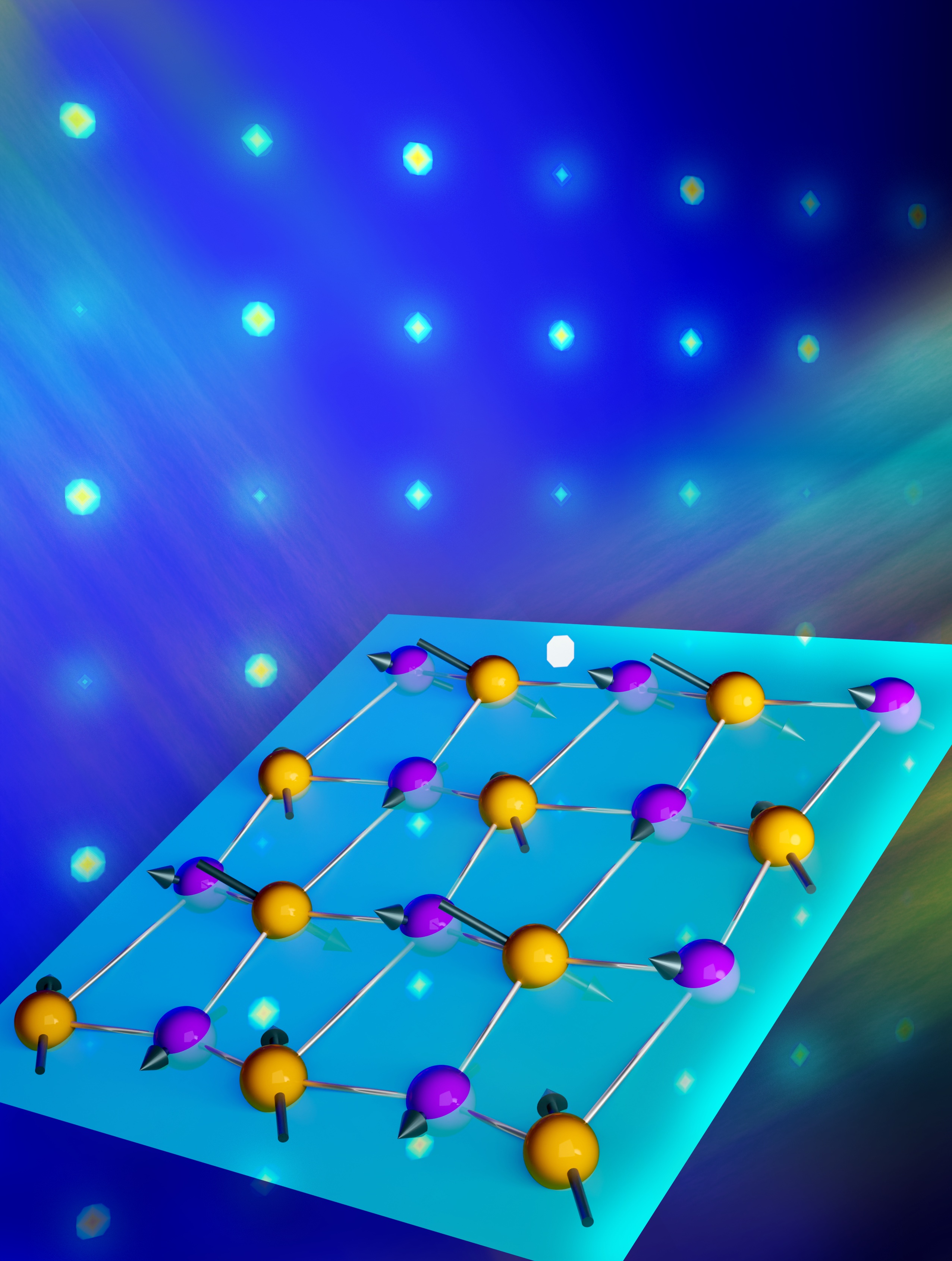Novel Electrodes for High Performance Batteries
New nanostructured electrodes have 10 times the charging speed and higher battery power.

The Science
A novel synthesis approach eliminates the need for chemical binders to hold the nanostructures together and enabled a new family of electrodes for high performance batteries.
The Impact
Binder-free electrodes offer faster charging (10X) than state-of-the-art batteries and higher energy density (5X) than state-of-the-art supercapacitors.
Summary
Scientists at the University of California, Los Angeles–based EFRC, Molecularly Engineered Energy Materials, have developed a novel approach to synthesize nanostructured high performance electrodes useful for the next generation lithium ion batteries. By directly coating active nanocrystals onto pre-formed three-dimensional conducting carbon nanotube (CNT) scaffolds, the need for the binders for structural stability at the nanostructured interfaces was eliminated – an important advance since binders can decrease the overall battery performance. Use of nanometer-sized particles in electrodes drastically reduces the charging times of batteries and supercapacitors because their high surface area offers ample sites for rapid movement of lithium ions, the material that carries the electrical charge. This conformal coating method provides critical features for high-performance electrodes, including effective pathways for electronic transport, high active-material loading, structural robustness and mechanical flexibility due to the excellent intrinsic properties of the CNT scaffold and the high surface area and shortened lithium-diffusion length of the nanocrystals. Electrodes based on titanium dioxide nanocrystals charged to 80% of full capacity in 5 minutes and showed negligible energy loss after a few hundred cycles.
Contact
Yunfeng Lu
University of California, Los Angeles
luucla@ucla.edu
Vidvuds Ozolins
Director of the Molecularly Engineered Energy Materials EFRC
vidvuds@ucla.edu
Funding
DOE Office of Science, Basic Energy Sciences, Energy Frontier Research Centers (EFRC) Program; General Motor Inc. (characterization); IMRA Inc. America (characterization)
Publications
Chen, Zheng; Zhang, Dieqing; Wang, Xiaolei; Jia, Xilai; Wei, Fei; Li, Hexing; and Lu, Yunfeng High-Performance Energy-Storage Architectures from Carbon Nanotubes and Nanocrystal Building Blocks Advanced Materials, 24, 2030-2036 (2012). [DOI: 10.1002/adma.201104238]
Related Links
Molecularly Engineered Energy Materials EFRC
Highlight Categories
Performer: University , Industry
Additional: Collaborations , International Collaboration



